Adolfo Hernandez
A Bayesian Methodology for Estimating Uncertainty of Decisions in Safety-Critical Systems
Dec 01, 2010

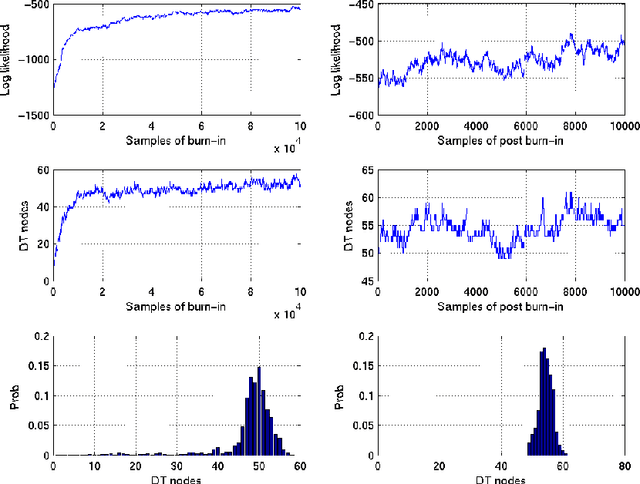
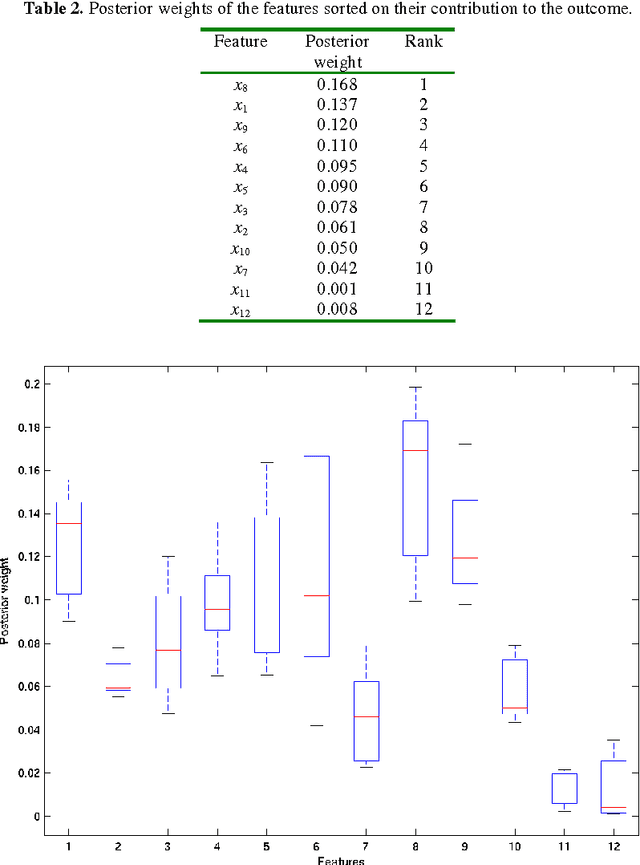
Abstract:Uncertainty of decisions in safety-critical engineering applications can be estimated on the basis of the Bayesian Markov Chain Monte Carlo (MCMC) technique of averaging over decision models. The use of decision tree (DT) models assists experts to interpret causal relations and find factors of the uncertainty. Bayesian averaging also allows experts to estimate the uncertainty accurately when a priori information on the favored structure of DTs is available. Then an expert can select a single DT model, typically the Maximum a Posteriori model, for interpretation purposes. Unfortunately, a priori information on favored structure of DTs is not always available. For this reason, we suggest a new prior on DTs for the Bayesian MCMC technique. We also suggest a new procedure of selecting a single DT and describe an application scenario. In our experiments on the Short-Term Conflict Alert data our technique outperforms the existing Bayesian techniques in predictive accuracy of the selected single DTs.
Comparison of the Bayesian and Randomised Decision Tree Ensembles within an Uncertainty Envelope Technique
Apr 14, 2005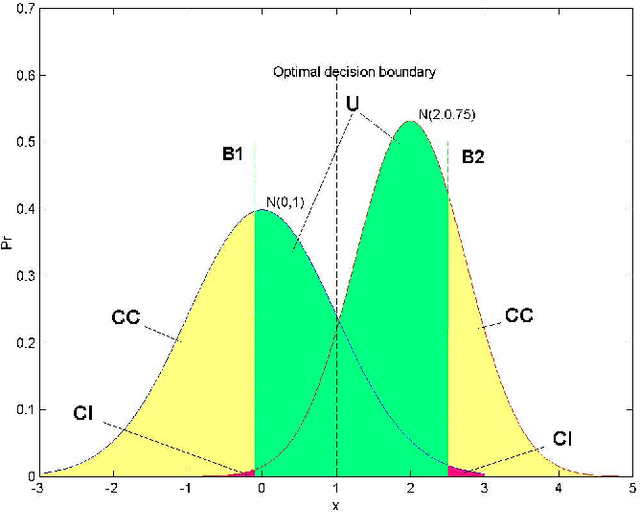
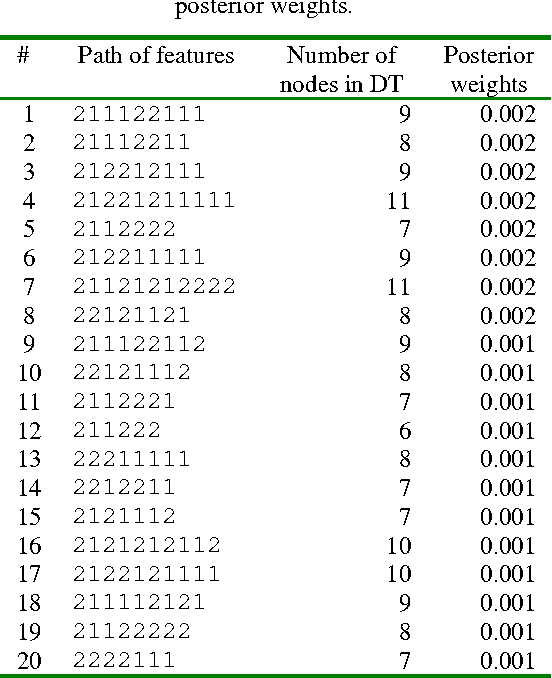
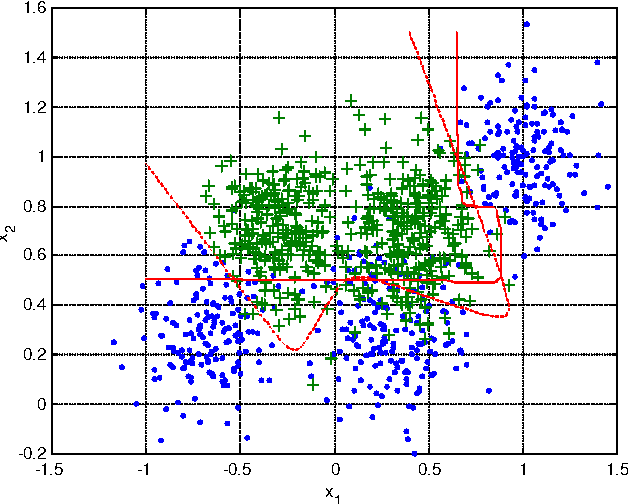
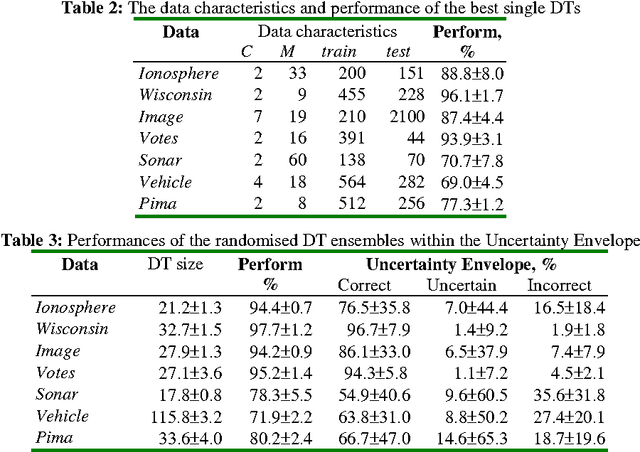
Abstract:Multiple Classifier Systems (MCSs) allow evaluation of the uncertainty of classification outcomes that is of crucial importance for safety critical applications. The uncertainty of classification is determined by a trade-off between the amount of data available for training, the classifier diversity and the required performance. The interpretability of MCSs can also give useful information for experts responsible for making reliable classifications. For this reason Decision Trees (DTs) seem to be attractive classification models for experts. The required diversity of MCSs exploiting such classification models can be achieved by using two techniques, the Bayesian model averaging and the randomised DT ensemble. Both techniques have revealed promising results when applied to real-world problems. In this paper we experimentally compare the classification uncertainty of the Bayesian model averaging with a restarting strategy and the randomised DT ensemble on a synthetic dataset and some domain problems commonly used in the machine learning community. To make the Bayesian DT averaging feasible, we use a Markov Chain Monte Carlo technique. The classification uncertainty is evaluated within an Uncertainty Envelope technique dealing with the class posterior distribution and a given confidence probability. Exploring a full posterior distribution, this technique produces realistic estimates which can be easily interpreted in statistical terms. In our experiments we found out that the Bayesian DTs are superior to the randomised DT ensembles within the Uncertainty Envelope technique.
Estimating Classification Uncertainty of Bayesian Decision Tree Technique on Financial Data
Apr 14, 2005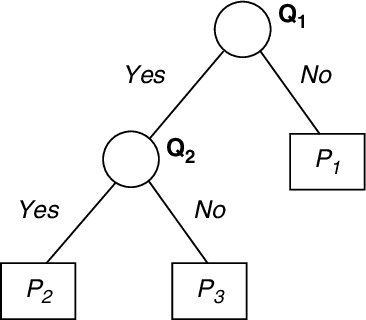

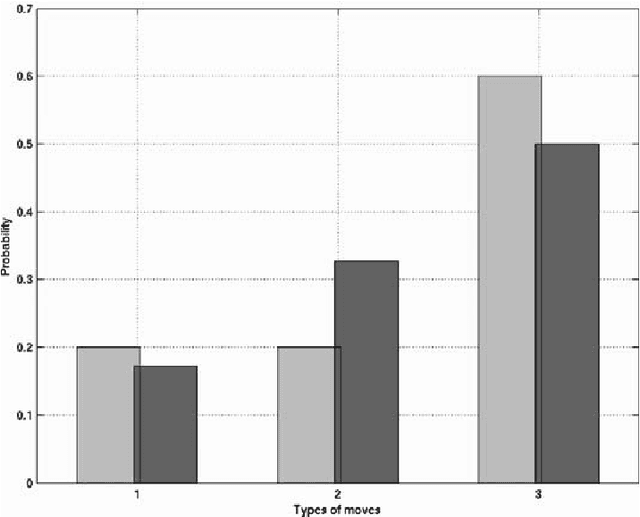
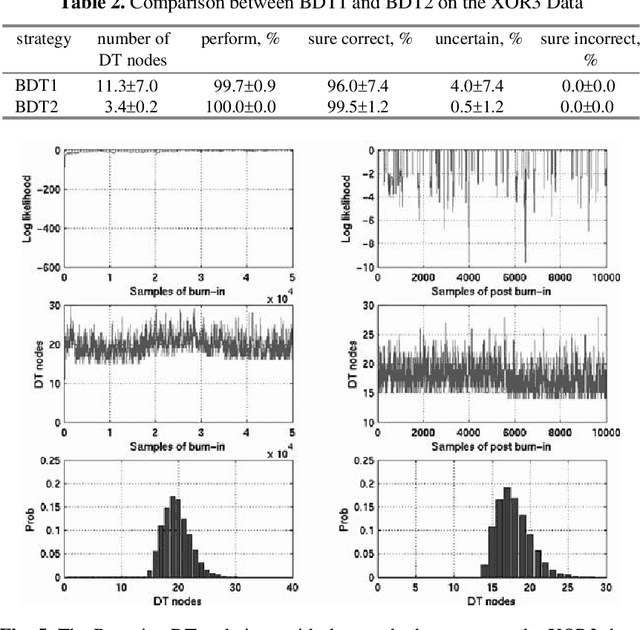
Abstract:Bayesian averaging over classification models allows the uncertainty of classification outcomes to be evaluated, which is of crucial importance for making reliable decisions in applications such as financial in which risks have to be estimated. The uncertainty of classification is determined by a trade-off between the amount of data available for training, the diversity of a classifier ensemble and the required performance. The interpretability of classification models can also give useful information for experts responsible for making reliable classifications. For this reason Decision Trees (DTs) seem to be attractive classification models. The required diversity of the DT ensemble can be achieved by using the Bayesian model averaging all possible DTs. In practice, the Bayesian approach can be implemented on the base of a Markov Chain Monte Carlo (MCMC) technique of random sampling from the posterior distribution. For sampling large DTs, the MCMC method is extended by Reversible Jump technique which allows inducing DTs under given priors. For the case when the prior information on the DT size is unavailable, the sweeping technique defining the prior implicitly reveals a better performance. Within this Chapter we explore the classification uncertainty of the Bayesian MCMC techniques on some datasets from the StatLog Repository and real financial data. The classification uncertainty is compared within an Uncertainty Envelope technique dealing with the class posterior distribution and a given confidence probability. This technique provides realistic estimates of the classification uncertainty which can be easily interpreted in statistical terms with the aim of risk evaluation.
 Add to Chrome
Add to Chrome Add to Firefox
Add to Firefox Add to Edge
Add to Edge